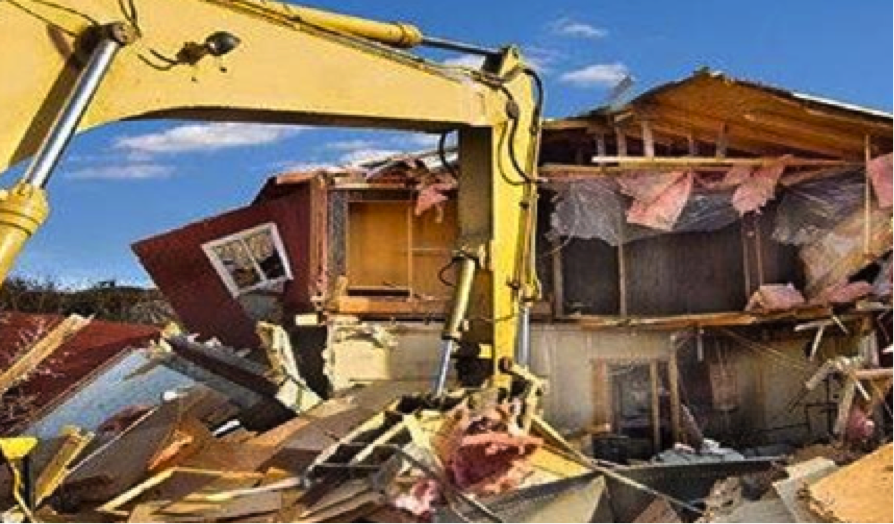Blog post by David Swedelson, Partner at SwedelsonGottlieb, Community Association Attorneys
 Many boards of directors make enforcement decisions without considering all of the variables. We get contacted and told that an owner has violated the association’s CC&Rs. When we start asking questions, we find out that there have been similar violations in the past that the board has not dealt with. Or we find out that the violation is old news and the board failed to take timely action. Or that the violation was committed by a prior owner.
Many boards of directors make enforcement decisions without considering all of the variables. We get contacted and told that an owner has violated the association’s CC&Rs. When we start asking questions, we find out that there have been similar violations in the past that the board has not dealt with. Or we find out that the violation is old news and the board failed to take timely action. Or that the violation was committed by a prior owner.
As Florida community association attorney Donna DiMaggio Berger states in a recent post to her blog (in an article entitled “Which affirmative defenses might derail your community’s enforcement efforts”), “it is the rare board that undertakes a thorough analysis before sending out those demand letters to determine if the owner can use any affirmative legal defenses to successfully challenge the association’s enforcement efforts.”
Continue reading
 HOA Law Blog
HOA Law Blog



 In California, condo/HOA associations have the right to tow
In California, condo/HOA associations have the right to tow  At the end of April 2014, California Governor Jerry Brown issued an executive order in an attempt to bolster the state’s ability to conserve, manage, and consume water in light of the major drought conditions currently affecting almost every area of California and its water resources. Although the executive order makes several directives to state agencies and civilians regarding water conservation and the implementation of water reduction programs, one of the directives specifically involves homeowners associations.
At the end of April 2014, California Governor Jerry Brown issued an executive order in an attempt to bolster the state’s ability to conserve, manage, and consume water in light of the major drought conditions currently affecting almost every area of California and its water resources. Although the executive order makes several directives to state agencies and civilians regarding water conservation and the implementation of water reduction programs, one of the directives specifically involves homeowners associations.  Often, we are asked by board members at community associations whether the board can use self help to resolve a problem where an owner is failing to maintain their unit or lot/home. Sometimes, we learn about it after the fact. In our experience, self-help is not usually the best or appropriate option. Fortunately, none of our clients have been sued for taking action, and there are no California court of appeal decisions or statutes that address this issue. But we can learn how not to approach this issue by considering what happened to a Texas association that took steps to deal with a problem that landed that association in some very deep you-know-what.
Often, we are asked by board members at community associations whether the board can use self help to resolve a problem where an owner is failing to maintain their unit or lot/home. Sometimes, we learn about it after the fact. In our experience, self-help is not usually the best or appropriate option. Fortunately, none of our clients have been sued for taking action, and there are no California court of appeal decisions or statutes that address this issue. But we can learn how not to approach this issue by considering what happened to a Texas association that took steps to deal with a problem that landed that association in some very deep you-know-what. This was the title of a recent newspaper article. As Justin Bieber has been in the news too often lately and seems to be spiraling out of control, and as there is now a community association component to the story, I thought it only fitting that we address the community association issues raised by his recent activities.
This was the title of a recent newspaper article. As Justin Bieber has been in the news too often lately and seems to be spiraling out of control, and as there is now a community association component to the story, I thought it only fitting that we address the community association issues raised by his recent activities.

 San Rafael, a city just north of San Francisco, recently made active a smoking ban which prohibits smoking cigarettes inside any dwelling that shares a wall with another unit and this would include condominiums. It is considered the strictest smoking ban in the country.
San Rafael, a city just north of San Francisco, recently made active a smoking ban which prohibits smoking cigarettes inside any dwelling that shares a wall with another unit and this would include condominiums. It is considered the strictest smoking ban in the country.  According to an article in the Tuesday, November 5, 2013 edition of the Los Angeles Times
According to an article in the Tuesday, November 5, 2013 edition of the Los Angeles Times